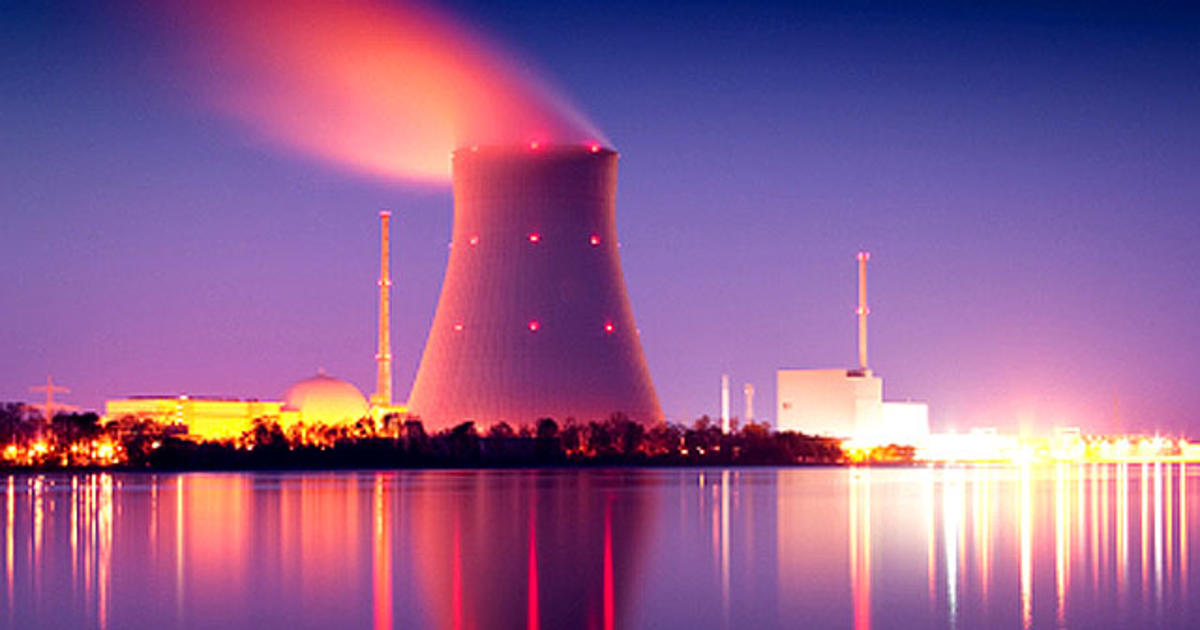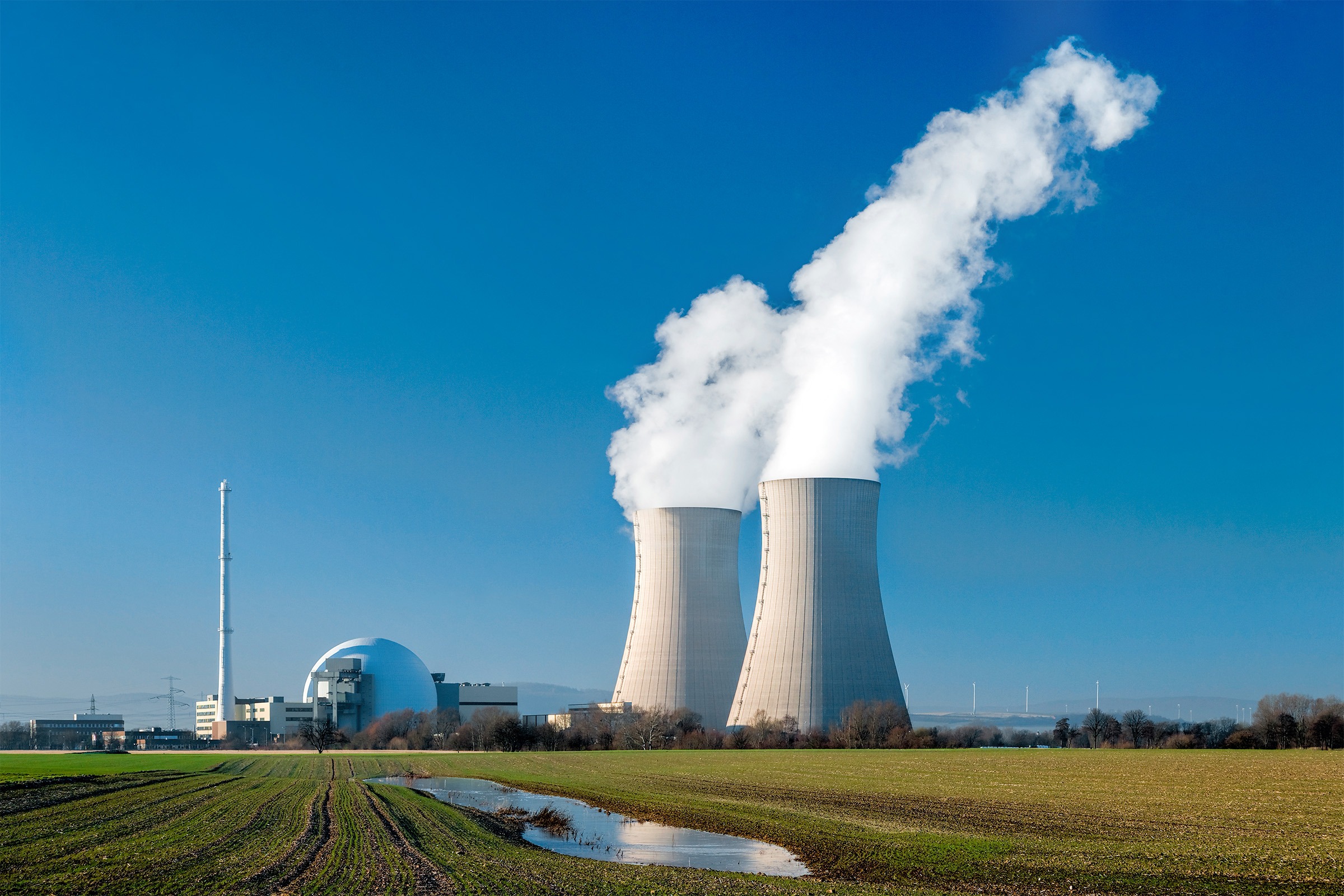Contents
Nuclear radiation, a phenomenon associated with the decay of unstable atomic nuclei, has profound implications for various aspects of human life, from energy production to medical diagnosis and treatment. While nuclear radiation offers numerous benefits, including its use in electricity generation and cancer therapy, it also poses significant risks to human health and the environment. In this article, we delve into the nature of nuclear radiation, its effects, associated risks, and the measures taken to mitigate its impact.

Nuclear Radiation
What is Nuclear Radiation?
Nuclear radiation refers to the emission of particles or electromagnetic waves from the nucleus of an unstable atom during radioactive decay. This process occurs spontaneously as certain isotopes of elements seek to achieve stability by transforming into more stable forms. There are three primary types of nuclear radiation:
- Alpha Radiation: Consisting of alpha particles, which are helium-4 nuclei, alpha radiation is relatively heavy and has low penetrating power. It can be stopped by a piece of paper or even the outer layers of human skin.
- Beta Radiation: Beta radiation involves the emission of beta particles, which are high-energy electrons or positrons. Beta particles have greater penetrating power than alpha particles and can penetrate clothing and skin.
- Gamma Radiation: Gamma radiation consists of electromagnetic waves with high energy and no mass. Gamma rays are highly penetrating and can only be stopped by dense materials such as lead or concrete.
Effects of Nuclear Radiation:
Exposure to nuclear radiation can have various effects on living organisms, depending on factors such as the type of radiation, dose received, and duration of exposure. These effects can range from mild symptoms to severe health consequences, including:
- Acute Radiation Syndrome (ARS): ARS occurs when individuals receive a high dose of radiation over a short period, leading to symptoms such as nausea, vomiting, diarrhea, and fever. In severe cases, ARS can cause organ failure and death.
- Cancer: Prolonged exposure to low levels of radiation increases the risk of developing cancer, particularly leukemia, thyroid cancer, and solid tumors. Radiation damages DNA, leading to mutations that can trigger uncontrolled cell growth and malignancy.
- Genetic Effects: Radiation exposure can cause genetic mutations in reproductive cells, leading to hereditary effects in offspring. These mutations may manifest as birth defects, developmental abnormalities, or increased susceptibility to diseases.
Risks and Safety Measures:
Due to the potential risks associated with nuclear radiation, strict safety measures are implemented to protect workers, the public, and the environment. These measures include:

Nuclear Radiation
Radiation Monitoring: Regular monitoring of radiation levels in nuclear facilities, workplaces, and the environment helps identify potential hazards and ensure compliance with safety regulations.
- Personal Protective Equipment (PPE): Workers exposed to radiation wear specialized PPE, such as lead aprons, gloves, and goggles, to minimize exposure and protect against harmful effects.
- Radiation Shielding: Shielding materials, such as lead, concrete, and water, are used to attenuate radiation and reduce its intensity. Shielding is employed in nuclear reactors, medical facilities, and transportation of radioactive materials.
- Radiation Protection Guidelines: Regulatory agencies establish radiation protection guidelines and dose limits to safeguard public health and ensure the safe operation of nuclear facilities. These guidelines are based on scientific research and international standards.
Nuclear radiation is a complex phenomenon with significant implications for human health, the environment, and society as a whole. While nuclear radiation offers benefits in various fields, including medicine, energy production, and scientific research, it also poses risks that must be carefully managed and mitigated. By understanding the nature of nuclear radiation, its effects, and the measures taken to ensure safety, we can harness its potential while minimizing its impact on our lives and the world around us.
Exploring the Advantages and Disadvantages of Nuclear Radiation
Nuclear radiation, a natural phenomenon resulting from the decay of unstable atomic nuclei, possesses both advantages and disadvantages in various applications, ranging from energy production to medical diagnosis and treatment. While nuclear radiation offers numerous benefits, it also presents risks to human health and the environment. In this article, we delve into the strengths and weaknesses of nuclear radiation, providing a balanced perspective on its impact.
Advantages of Nuclear Radiation:
- Clean Energy Production: radiation is utilized in nuclear power plants to generate electricity through nuclear fission reactions. Unlike fossil fuels, nuclear energy production does not emit greenhouse gases or contribute to air pollution, making it a cleaner alternative for meeting energy demands.
- High Energy Density: Nuclear radiation contains a high energy density, allowing for the production of large amounts of energy from relatively small quantities of fuel. This efficiency makes nuclear power plants highly efficient and cost-effective in comparison to other forms of energy generation.
- Medical Applications: radiation plays a vital role in various medical applications, including diagnostic imaging, cancer treatment, and sterilization. Techniques such as X-rays, computed tomography (CT) scans, and positron emission tomography (PET) scans rely on nuclear radiation for accurate diagnosis and treatment planning.
- Food Preservation: Nuclear radiation lunatogel is used in food irradiation processes to extend the shelf life of perishable foods, prevent spoilage, and eliminate harmful bacteria and pests. This technique helps reduce food waste and ensures food safety for consumers.
- Industrial Applications: Nuclear radiation is employed in industrial processes such as radiography, gauging, and materials testing. These applications enable non-destructive inspection of materials, quality control, and measurement of thickness or density in various manufacturing sectors.

Nuclear Radiation
Disadvantages of Nuclear Radiation:
- Radioactive Waste: One of the most significant drawbacks of radiation is the generation of radioactive waste, which remains hazardous for thousands of years. Proper disposal and management of radioactive waste pose significant technical, logistical, and regulatory challenges.
- Accidents and Meltdowns: Nuclear accidents, such as the Chernobyl disaster and the Fukushima Daiichi nuclear disaster, highlight the potential risks associated with radiation. Meltdowns, reactor failures, and radioactive contamination can have devastating consequences for human health, the environment, and the economy.
- Proliferation of Nuclear Weapons: The proliferation of nuclear technology raises concerns about the spread of nuclear weapons and the potential for nuclear terrorism or warfare. Safeguarding nuclear materials and preventing their misuse is essential for global security and stability.
- Health Risks: Exposure to high levels of nuclear radiation can cause acute radiation syndrome (ARS), cancer, genetic mutations, and other adverse health effects. Workers in nuclear facilities, medical personnel, and individuals living near nuclear sites are particularly vulnerable to radiation exposure.
- Environmental Impact: Nuclear radiation can have long-term environmental consequences, including soil and water contamination, ecosystem disruption, and biodiversity loss. Accidental releases of radioactive materials pose risks to wildlife, ecosystems, and food chains.
Conclusion:
In conclusion, nuclear radiation offers both advantages and disadvantages in various applications, ranging from energy production to medicine and industry. While nuclear energy provides a clean and efficient source of power, it also poses risks to human health, safety, and the environment. Balancing the benefits and risks of nuclear radiation requires careful consideration of safety measures, regulatory oversight, and technological innovation to ensure its responsible and sustainable use in the modern world.
Read More Article About “WAGYU STEAK EXTRAVAGANZA: INDULGE IN PREMIUM DELIGHTS“





